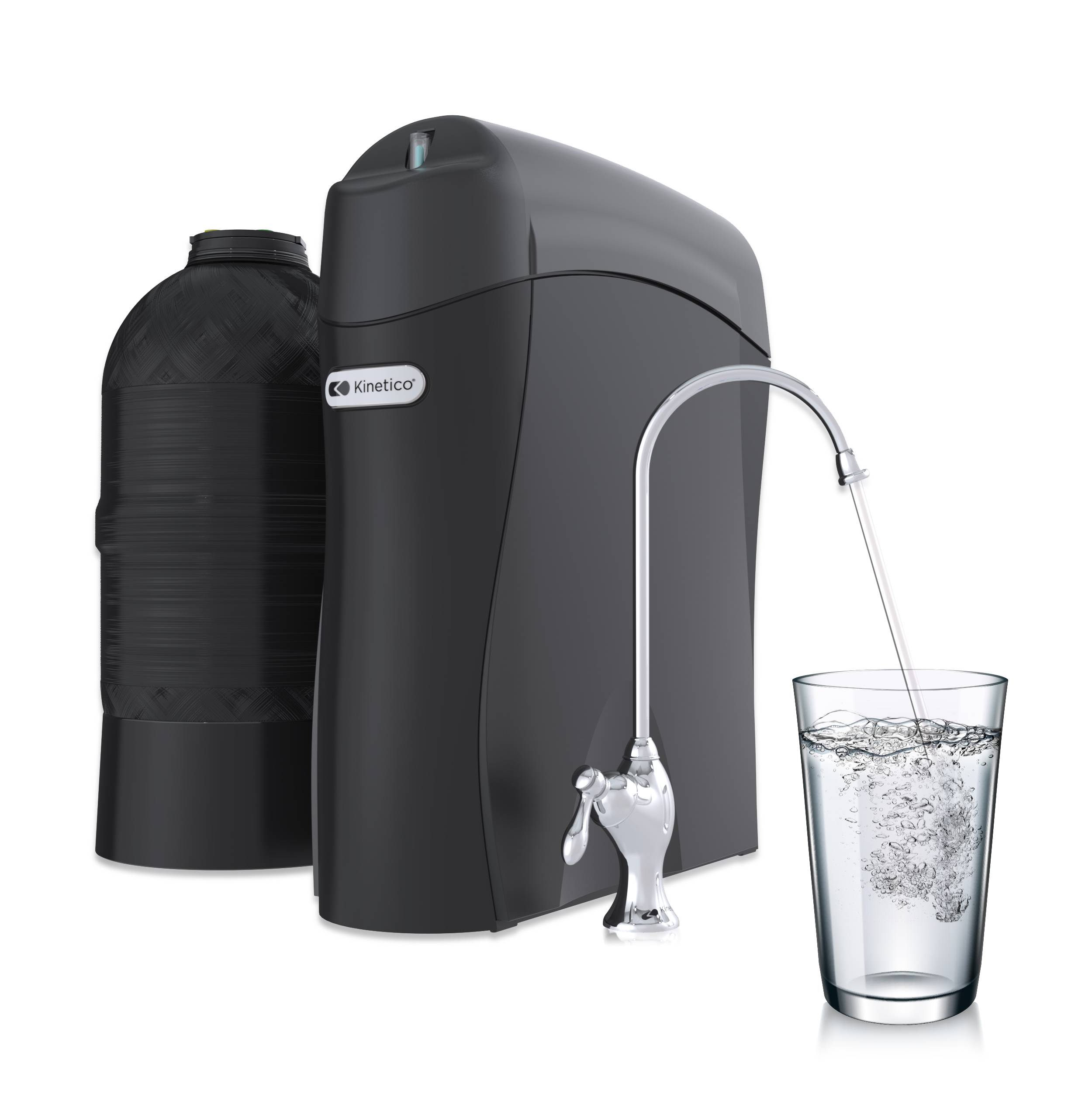Most drinking water applications involve a carbon filter, either by itself or as part of a more complex system. As I said in a previous post, many reverse osmosis system have a carbon filter as the post filter. There are many stand-alone carbon filters too—think about the water coming out of your fridge or the household pitchers that filter.
We have all come in contact with carbon filters, and probably used them more than once. But how does something as seemingly dirty as carbon deliver refreshing filtered water to you?
The carbon that is inside the filter is special. It is called activated carbon because unique manufacturing techniques create immeasurable amounts of bonding sites for organic impurities. Impurities that pass through a carbon filter are removed from the water by adsorption, which is different than absorption. In this case, adsorption occurs when the impurities chemically bond to the carbon. Absorption, on the other hand, occurs when the impurities are dissolved. To “flow” you through the process, let’s start when water enters the carbon element. As impurities like chlorine and iodine see a bonding site, they leave the water stream and stick to the carbon. By the time the water works its way through all the nooks and crannies of the carbon, the water that leaves the element has less stuff in it. I like to think about it like a train full of people heading from the city to the country. At each stop more people get off the train until you reach the last stop when most of the people are gone.
While the manufacturing process does activate the carbon and create more bonding sites, that doesn’t mean that everything is getting removed from your water. Some molecules like sodium don’t bond to carbon, so they will pass right through. Manufacturers can add additional compounds to target different molecules like lead or arsenic for removal. The amount of impurities that are removed also depends on how fast your water is flowing and how depleted your carbon is. The impurities need a chance to bond with the carbon or they won’t get out of the water; this is why the flow rate coming out of your fridge is slower than an unfiltered kitchen sink faucet. Similarly, if all of the bonding sites have already been taken by previous impurities that have gone through, then they have no choice but to stay in the water. Using the train example again, if the train always went 100mph, then you wouldn’t have very many people trying to exit. Or, if the unloading platforms were too crowded, no one would be able to exit the train even if they wanted to.
Let’s recap. Carbon filters use specially processed carbon to attract impurities in the water. The water needs to take its time through the carbon so that the impurities get a chance to jump out of the water. Plus, it needs an empty bonding site that is just right for them. So the next time you grab a drink of water, you’ll know how it came to taste so good.


